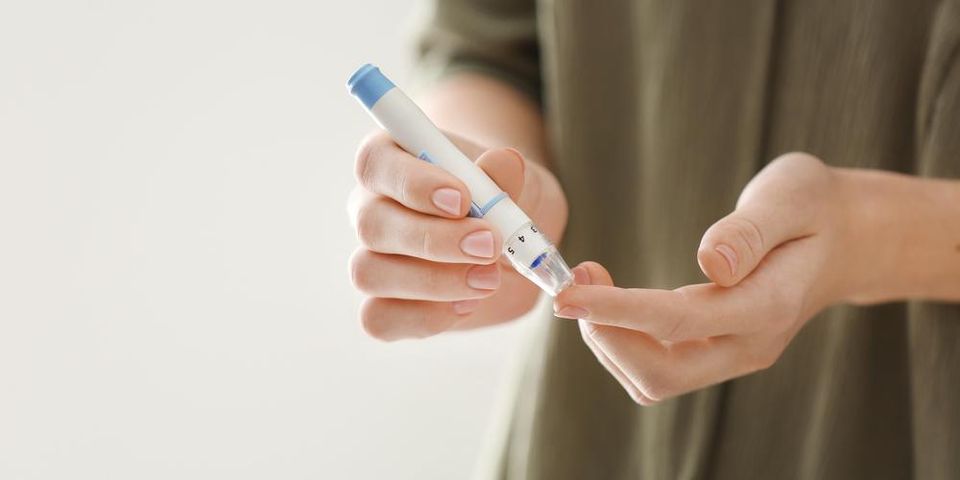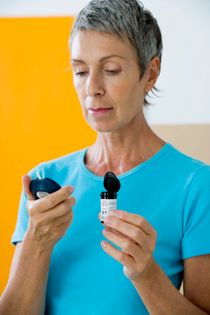
Diabetes, according to the Centers for Disease Control and Prevention, currently affects 30.3 million Americans. That’s 9.4 percent of the U.S. population. Another 84.1 million have prediabetes, meaning they have elevated blood sugar levels and are likely to develop the condition if its left untreated. So, how do we decrease these staggering statistics? According to Urgent & Primary Care in East Greenbush, NY, we must first understand the inner workings of this disease. That means addressing a few common questions.
Diabetes: Frequently Asked Questions
What Is Diabetes?
 When you eat, your digestive system converts carbohydrates into sugar. This sugar then travels throughout the body, causing blood sugar levels to rise. This increase then signals the pancreas to secrete insulin, a hormone that tells the body’s tissues to either use sugars for energy or store them for later. Diabetes disrupts this process in one of two ways.
When you eat, your digestive system converts carbohydrates into sugar. This sugar then travels throughout the body, causing blood sugar levels to rise. This increase then signals the pancreas to secrete insulin, a hormone that tells the body’s tissues to either use sugars for energy or store them for later. Diabetes disrupts this process in one of two ways.
Type 1 or insulin-dependent diabetes is an autoimmune disease that attacks the beta cells of the pancreas. As a result, the body cannot produce insulin. Type 2 diabetes, on the other hand, is a chronic condition in which the body cannot absorb insulin, so sugars can’t metabolize. This phenomenon is also known as insulin resistance.
What Are the Most Common Symptoms?
The symptoms of both Type 1 and Type 2 diabetes often develop gradually, making them hard to identify at first. Common warning signs include fatigue, frequent urination, and excessive thirst. Many people with diabetes also experience blurred vision, sudden weight loss, and slow healing of the skin and gums. If you have any of these symptoms, consult your primary care doctor as soon as possible.
Who Is At Risk?
Risk factors vary between the different types of diabetes. As previously mentioned, Type 1 is an autoimmune disorder that is most commonly diagnosed in childhood. Therefore, it is thought to be connected to non-modifiable or unchangeable factors like race, ethnicity, and genetics. So, those with a family history of diabetes as well as those of African-American, Asian-American, Native American, Hispanic-American, and Pacific Islander descent are at risk.
Type 2, on the other hand, is linked to modifiable factors like physical inactivity and obesity. According to Urgent & Primary Care, lifestyle changes can greatly reduce one’s risk of diabetes.
How Is It Diagnosed?
If you are a high-risk individual or are exhibiting symptoms of diabetes, your primary care doctor will need to test your blood sugar levels. Most commonly, they will administer a glycated hemoglobin (A1C) test. This test involves collecting a blood sample and measuring the percentage of blood sugar attached to the oxygen-carrying proteins in your red blood cells. The higher your blood sugar, the more hemoglobin will have sugar attached. Other common tests include a fasting blood sugar test and an oral glucose tolerance test.
How Is It Treated?
 Unfortunately, there is no cure for diabetes. But, with the help of your primary care doctor or endocrinologist, you can manage your blood sugar levels and lead a happy, healthy life. Diabetes management requires exercise and dietary changes. Eating fewer sweets and more fruits, vegetables, whole grains, and lean protein will give your body the nutrients it needs. Physical activity lowers blood sugar levels by expending energy.
Unfortunately, there is no cure for diabetes. But, with the help of your primary care doctor or endocrinologist, you can manage your blood sugar levels and lead a happy, healthy life. Diabetes management requires exercise and dietary changes. Eating fewer sweets and more fruits, vegetables, whole grains, and lean protein will give your body the nutrients it needs. Physical activity lowers blood sugar levels by expending energy.
All people with Type 1 diabetes and some people with Type 2 will also need insulin therapy. Insulin can be taken orally or intravenously. Your primary care doctor will determine which is right for you. Whether or not you take insulin, you’ll still need to monitor your blood sugar levels throughout the day to ensure you’re in your target range.
Have any more questions about diabetes? Then, call Urgent & Primary Care at (518) 463-8262 to speak with one of their qualified primary care doctors. For more on diabetes management or the facility’s other health services, visit them online.
About the Business
Have a question? Ask the experts!
Send your question

